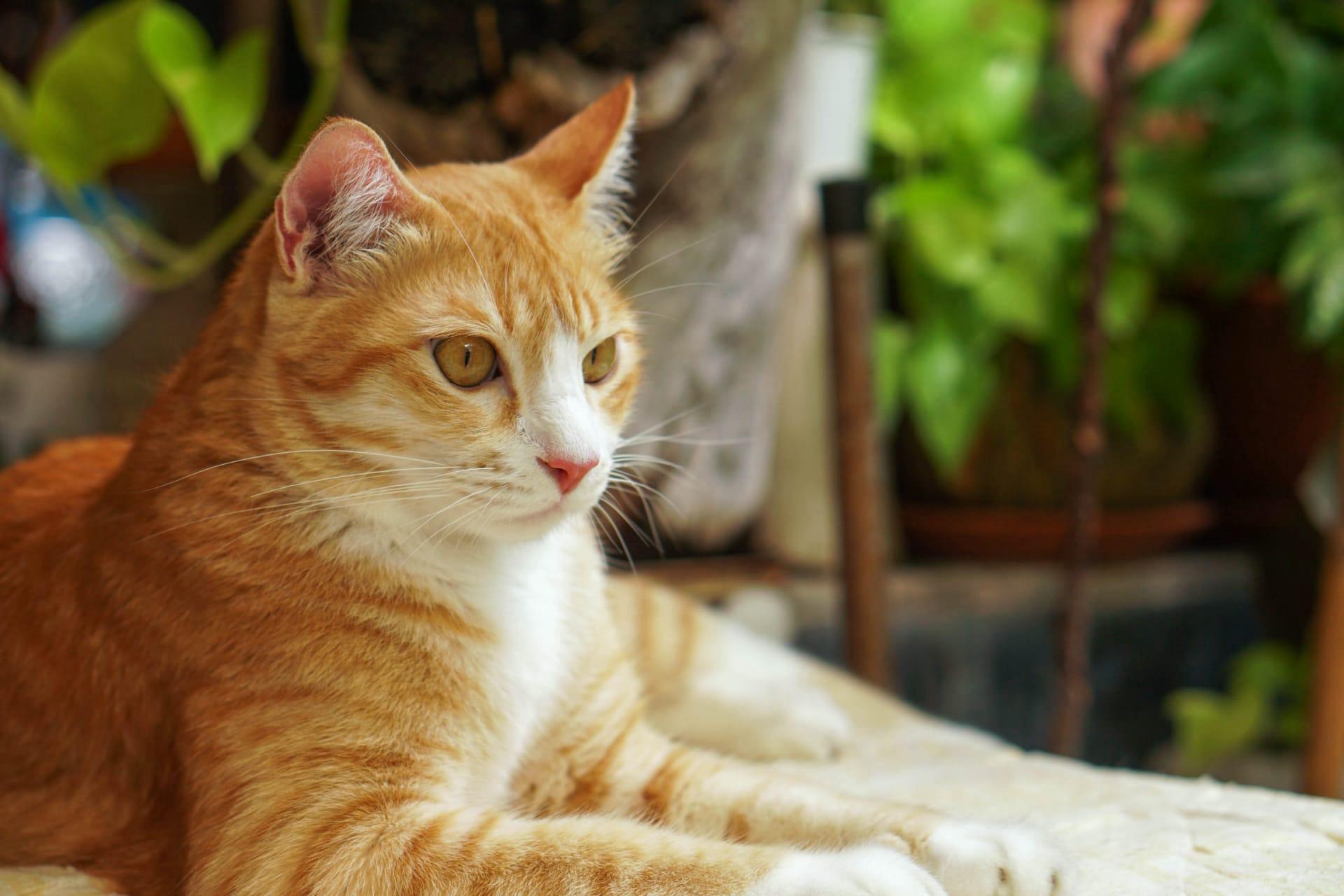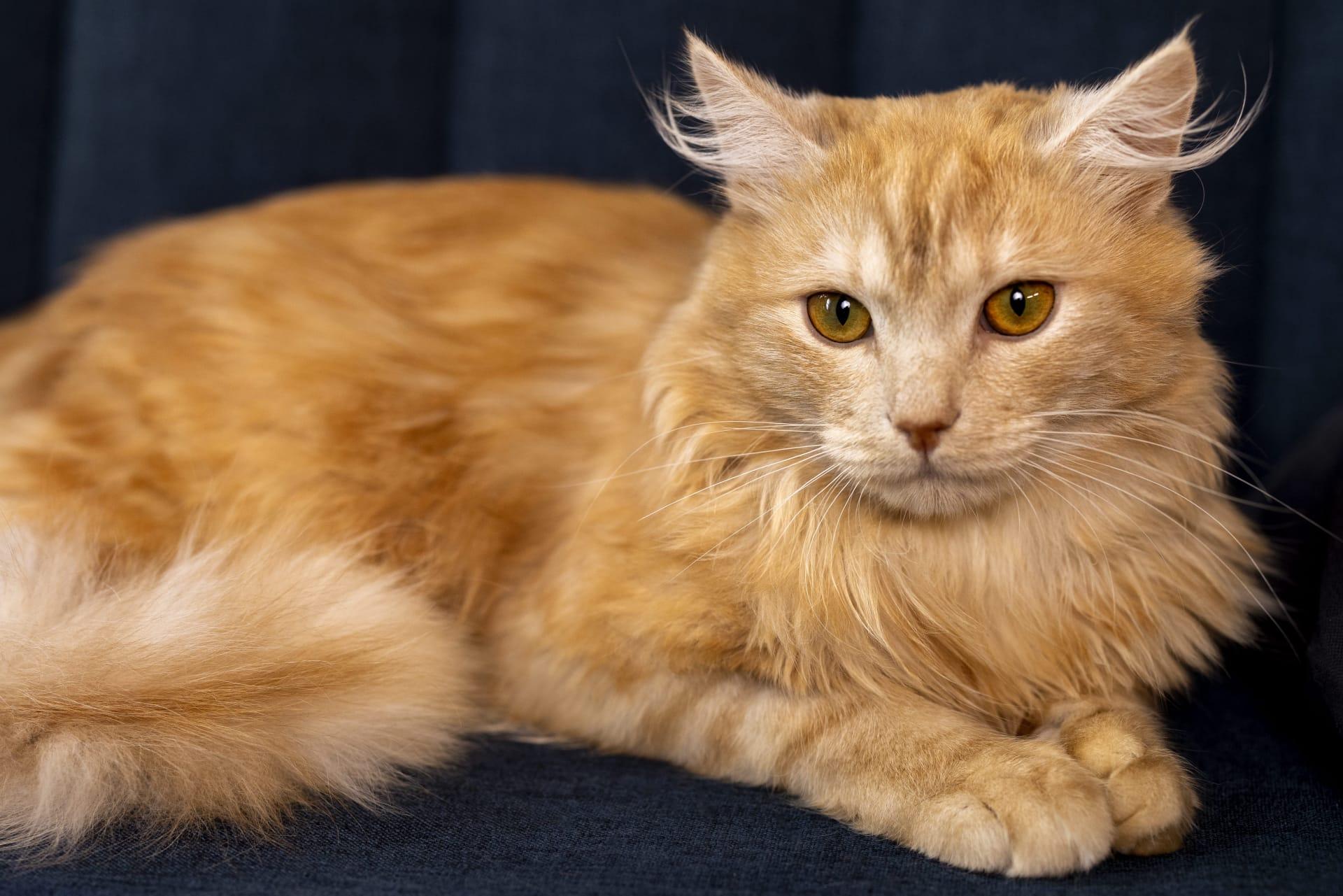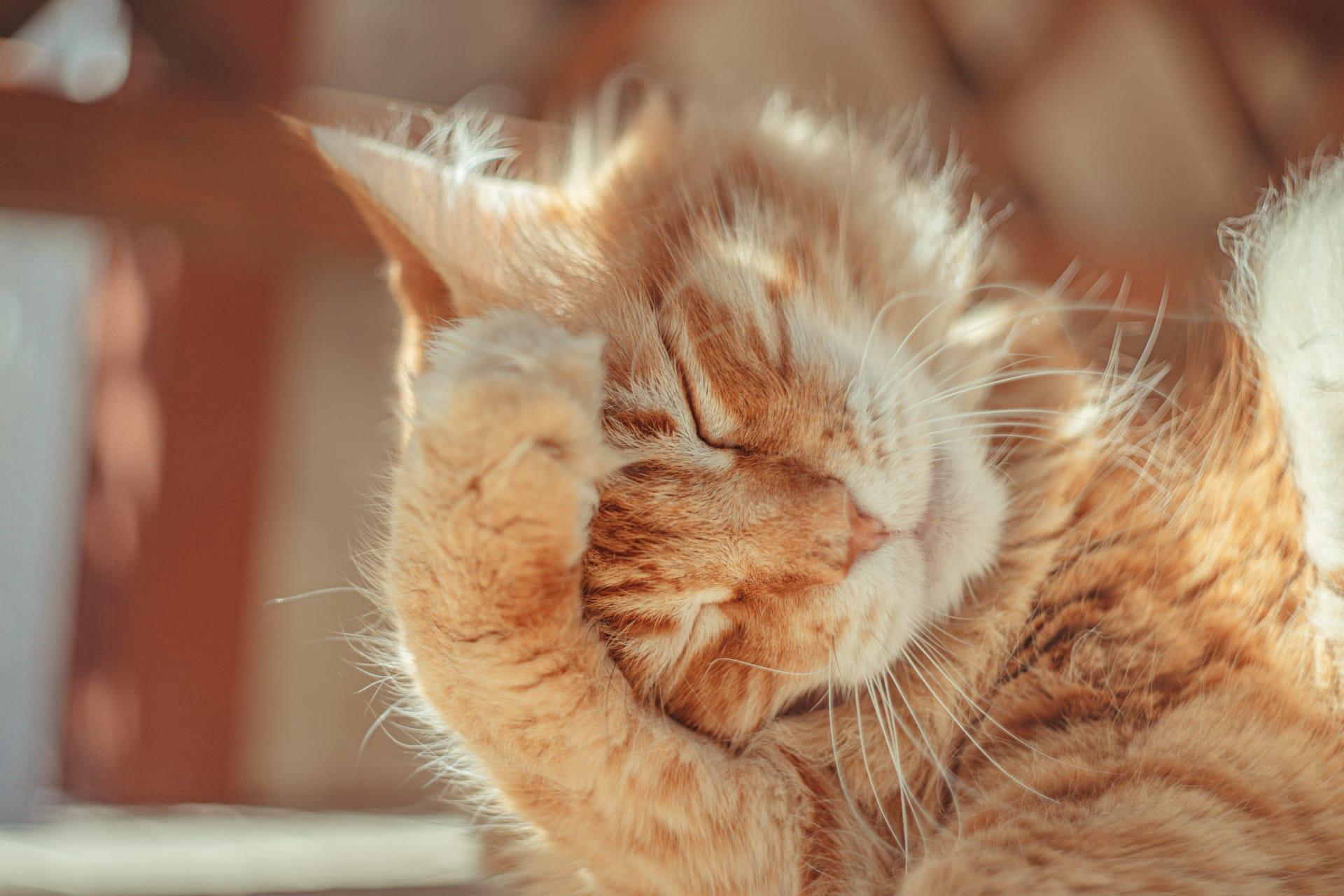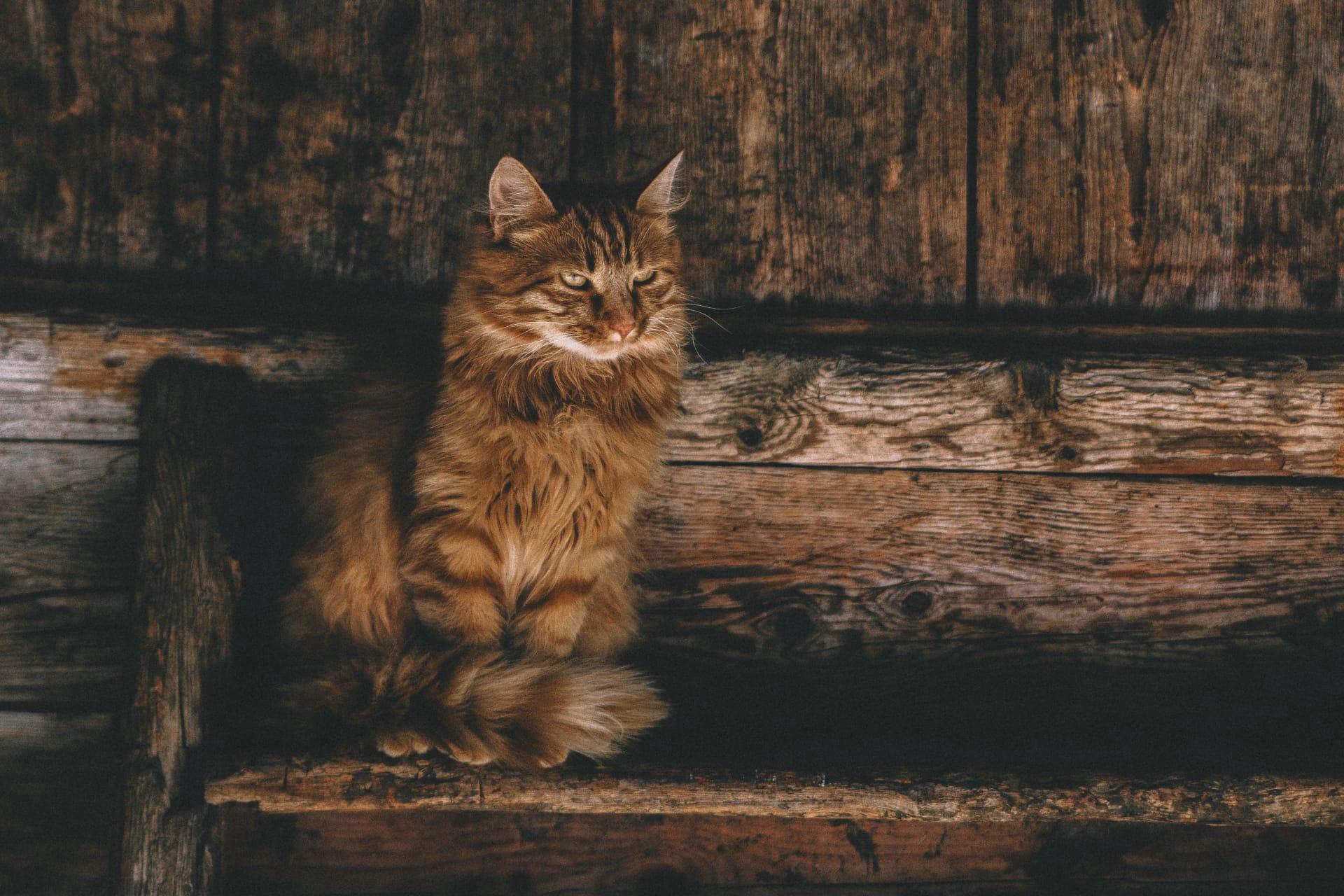Oriental Longhair Cat
- Home /
- Mini Encyclopedia /
- Animal /
- Oriental Longhair Cat
1
The Oriental Longhair cat, recognized for its distinctive sleek body, almond-shaped eyes, and large ears, falls under the umbrella of the Siamese breed group. This breed shares its genetic lineage with the Siamese, distinguished primarily by its luxurious long coat. The International Cat Association (TICA) categorizes the Oriental Longhair as part of the Oriental group, which encompasses a range of patterns and colors. The breed's coat can display over 300 color and pattern combinations, including solid, smoke, tabby, and bi-color, making them a diverse and visually striking breed.
Oriental Longhairs are found globally, with a significant presence in the United States and Europe. Their distribution reflects the breed's popularity among cat enthusiasts who cherish their elegant appearance and engaging personalities. Originally developed in the United States and the United Kingdom through selective breeding programs that began in the late 20th century, these cats have since become beloved pets and show animals worldwide. Their adaptability and sociable nature have contributed to their widespread distribution and the breed's success in international cat shows.

2
Question: Do Oriental Longhair cats require extensive grooming due to their long coats?
Answer: Contrary to popular belief, Oriental Longhair cats do not demand excessive grooming. Their silky, fine coat does not mat as easily as the fur of other longhaired breeds, requiring only a weekly combing to remove loose hair and maintain its sheen. This low-maintenance grooming routine is a pleasant surprise to many cat owners, who often expect the need for more frequent and laborious care. Regular ear cleaning and nail trimming, along with the weekly combing, suffice to keep these elegant felines looking their best.

3
Oriental Longhair cats form deep bonds with their human families, often described as "dog-like" in their loyalty and affection. They are known for their vocal nature, engaging in conversations with their owners with a wide range of chirps and meows. This breed's intelligence and playful demeanor make it an excellent companion, capable of learning tricks and enjoying interactive play. Their social needs mean they thrive in environments where they receive ample attention and interaction.
These cats are also noted for their adaptability, comfortably fitting into various living situations, from spacious houses to compact apartments. Their sociable nature extends to getting along well with children, other cats, and even dogs, provided they are properly introduced. The Oriental Longhair's ability to integrate into diverse family dynamics makes it a favored choice for many pet owners looking for a charismatic and engaging pet.

4
The origins of the Oriental Longhair trace back to efforts in the 1950s and 1960s to expand the Siamese breed's color and pattern variety in the United States and the United Kingdom. Breeders initially crossed Siamese cats with domestic longhairs and other breeds, including the Russian Blue and the Abyssinian, to introduce new colors and textures while maintaining the Siamese's distinctive body shape and personality traits. The resulting breed combined the Siamese's elegant physique with a longer, luxurious coat.
Over time, the Oriental Longhair has evolved through selective breeding to emphasize its unique characteristics, such as its slender body, strikingly large ears, and a wide range of coat colors and patterns. The breed was officially recognized in the late 20th century, marking its formal acceptance into the world of pedigreed cats. Since then, breed standards have been established to guide breeders in producing cats that epitomize the breed's physical and temperamental qualities, ensuring the Oriental Longhair's continued popularity and distinction among cat enthusiasts.

5
Film: "The Elegant Feline: The Oriental Longhair Story" is a British documentary released in the early 2010s. It explores the history, characteristics, and growing popularity of the Oriental Longhair breed. Through interviews with breeders, cat show judges, and owners, the film provides insight into what makes these cats so unique and cherished. It also delves into the breeding practices that have contributed to the breed's diverse color palette and its impact on the cat fancy world.
Book: "Oriental Cats: The Complete Guide" by British author Sarah Hartwell, published in the late 2000s, offers a comprehensive overview of the Oriental breed group, including both the Shorthair and Longhair varieties. Hartwell's book covers the breed's history, standard, care, and health issues, providing valuable information for current and prospective owners. It stands out for its thorough research and practical advice, combined with personal anecdotes and insights into the breed's personality and behavior.
Book: "The World of Oriental Longhairs" by American author and breeder, Linda Vousden, released in the early 2010s, focuses exclusively on the Oriental Longhair breed. Vousden shares her extensive knowledge on grooming, nutrition, health care, and breeding, specifically tailored to the needs of Oriental Longhairs. The book is richly illustrated with photographs and includes chapters on the breed's history, evolution, and its status within the world of competitive cat shows.